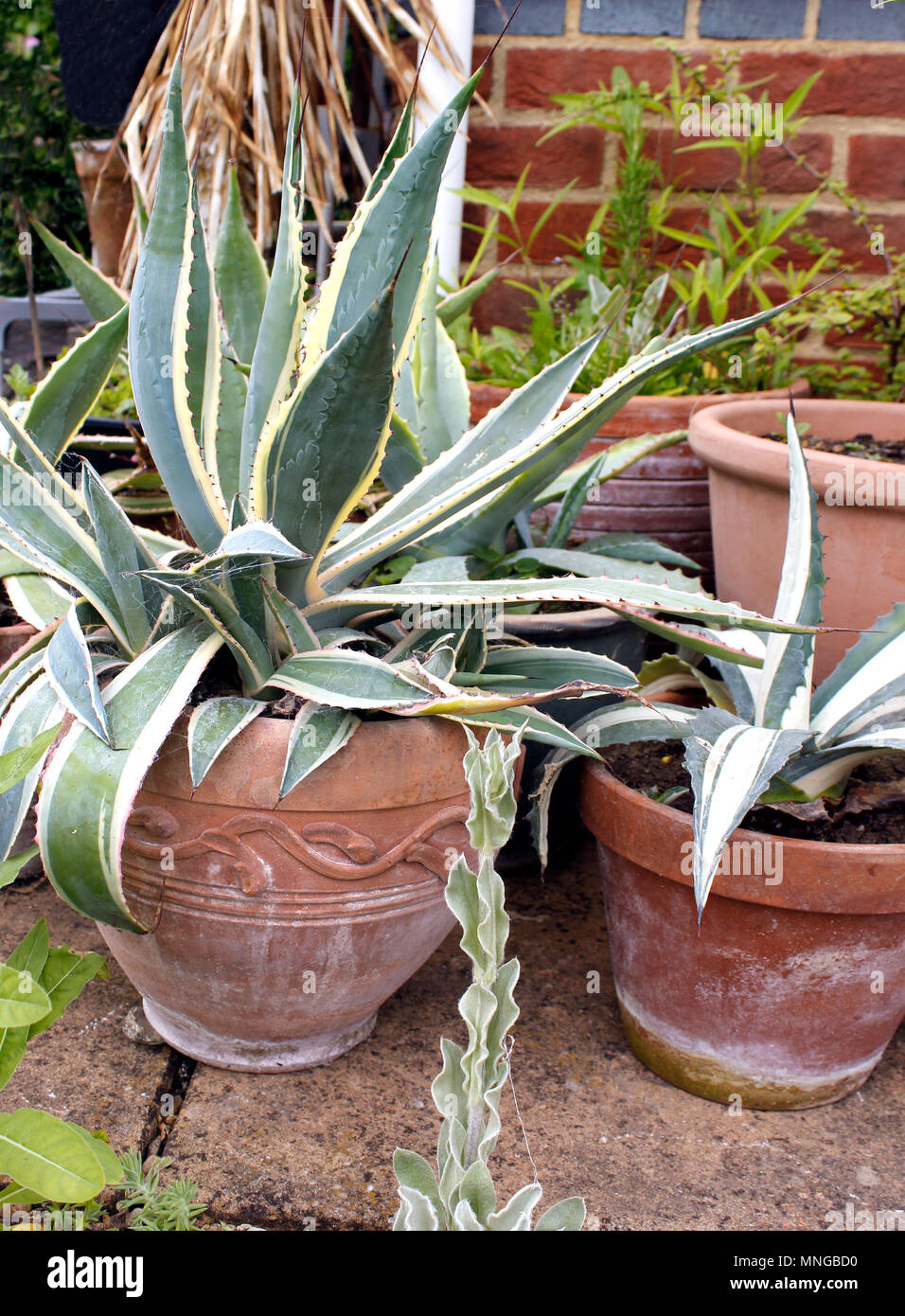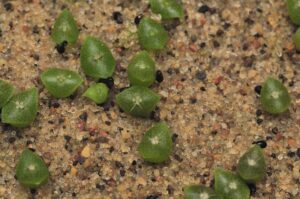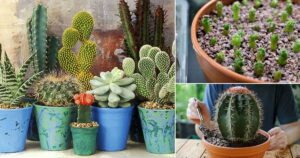Agave plants, with their striking architectural forms and various sizes, have captivated horticulturists and casual plant lovers alike. As succulent members of the Asparagaceae family, they exhibit an exotic aesthetic that can transform any space. This guide will delve into the intricacies of growing agave in pots, offering insights for beginners who wish to embrace the allure of these remarkable plants.
Growing agave in pots not only enhances its aesthetic appeal but also allows for creative flexibility in design. Their adaptability to container life makes them excellent candidates for patios, balconies, or even indoors, where they can be used as statement pieces.
The Ultimate Pot: Choosing the Right Container
When cultivating agave, the choice of container is of paramount importance. To ensure their optimal growth, select a pot that resonates with their native habitat. Here’s what to consider:
Drainage is non-negotiable. Agave does not fare well in waterlogged conditions. Therefore, a pot with drainage holes is essential to promote the swift exit of excess water. Terracotta pots are particularly favored due to their porous nature, which allows for air exchange and moisture regulation. However, ceramic or plastic pots can also be suitable, provided they feature drainage.
Size matters. Agaves can grow quite large, depending on the species. A small pot might restrict their growth, leading to stunted development. Opt for a pot that is at least 12 to 14 inches in diameter for smaller varieties, while larger agave species may require pots of 20 inches or more to accommodate their expansive root systems.
Aesthetically appealing pots can augment your agave’s visual impact. Selecting containers that complement the agave’s color or form can elevate your indoor or outdoor décor. Neutral tones often work best, allowing the bold greens and striking leaf forms of the agave to take center stage.
Soil: The Foundation of Growth
Once the pot has been selected, the next vital consideration is the soil. Agave plants thrive in well-draining soil that mimics their arid native environments. Here are some foundational tips for creating the perfect substrate:
Utilize a cactus mix. Pre-packaged cactus potting mixes are readily available and formulated to provide optimal drainage and aeration. This mix typically includes sand, perlite, or pumice, all of which enhance drainage capabilities.
Consider DIY blends. For those inclined towards customization, a homemade potting mix can be concocted using two parts potting soil, one part coarse sand, and one part perlite. This combination ensures the soil is both fertile and capable of sinking excess moisture quickly.
Avoid heavy soils like loam or clay, as these retain water, which can lead to root rot—a common demise for agave enthusiasts.
Selecting the Right Agave: Diversity in Species
Choosing which agave species to grow can be as rewarding as the act of cultivation itself. Several species are particularly well-suited for pot culture, each presenting unique aesthetic benefits:
One of the most popular is the Agave americana, also known as the century plant. Its large, rosette-forming shape can grow up to six feet tall and twelve feet wide, with striking blue-green spiny leaves that are buttered at the edges. When flowering, this agave produces a towering spike topped with yellow flowers, a showstopper in any setting.
Another favorite is the Agave parryi, which is smaller and more compact, making it ideal for container gardening. Its thick, architecture-like leaves sport strikingly sharp spines, creating an impressive focal point in any arrangement.
For a more delicate option, consider Agave desmettiana, known for its soft, elongated leaves that form a graceful rosette. This species’s ability to thrive indoors adds to its versatility, enhancing interior settings effortlessly.
Light: The Sun’s Bounty
Understanding the light requirements of agave is crucial for their development and health. Agave thrives in bright, indirect sunlight but can also endure direct sunlight for several hours daily. Here are some light-related tips to consider:
For indoor agave, placing them near south or west-facing windows is ideal, where they can bask in the sunlight. Consider rotating the pots every week to ensure even exposure to light, preventing asymmetrical growth.
For outdoor planting, full sun exposure is preferable for most varieties. However, ensure they acclimate gradually to avoid sunburn during initial planting.
Watering Wisely: The Balance of Hydration
Agave plants are drought-resistant, meaning overwatering can be detrimental. Get to know the watering routine:
Water sparingly. Typically, a deep watering every two to three weeks during the growing season (spring and summer) is sufficient. Allow the soil to dry out entirely between waterings to ensure the roots do not sit in moist conditions.
During the dormant months (fall and winter), significantly reduce watering. The cooler temperatures and diminished light levels will slow the plant’s uptake of water.
Conclusion: The Exquisite Experience of Growing Agave
Growing agave in pots offers an array of benefits, not only contributing to aesthetic enhancements but also providing an engaging hobby. From selecting the right pot to choosing the proper species, maintaining a suitable light and watering schedule, each aspect contributes to the marvel of watching these magnificent plants thrive. As a unique expression of natural beauty, agave invites any plant enthusiast to embrace its charm and resilience, transforming the simplest of spaces into an oasis of intrigue and allure.





Leave a Comment